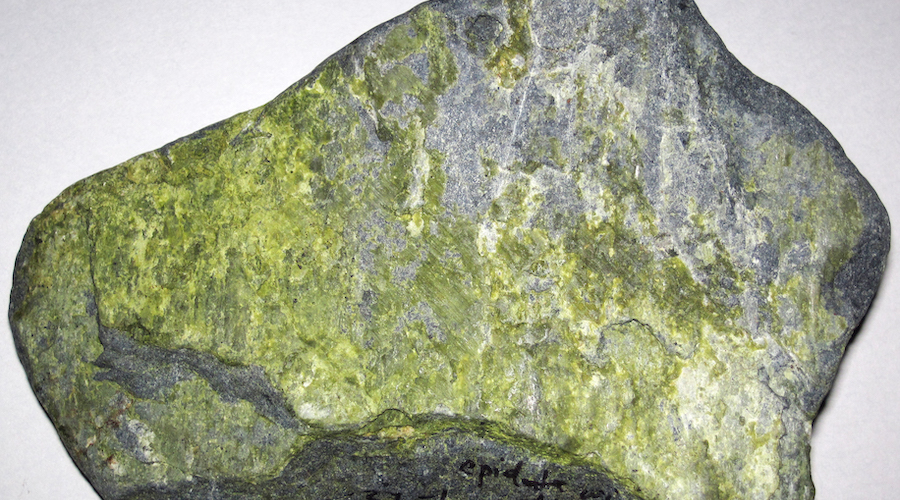
Knowing the exact moment when iron hydroxide forms on quartz substrates can support water quality processes at acid mine drainage sites
Nucleation and growth together are known as precipitation — and their sum has been used to predict iron hydroxide’s formation behaviour. But these predictions have largely omitted separate consideration of nucleation.
In Jun’s view, this means that previous results were not accurate enough.
“Our work provides an empirical, quantitative description of nucleation, not a computation, so we can provide scientific evidence about this missing link,” the researcher said.
By using X-rays and a novel experimental cell she developed to study environmentally relevant complex systems with plenty of water, ions and substrate material, Jun was able to observe nucleation in real-time.
The work consisted of employing an X-ray scattering technique called “grazing-incidence small-angle X-ray scattering.” By shining X-rays onto a substrate with a very shallow angle, close to the critical angle that allows total reflection of light, this technique can detect the first appearance of nanometer size particles on a surface.
The empirical measuring of the initial point of nucleation revealed that the general estimates scientists have been using overstate the amount of energy needed for this process.
“Iron hydroxide forms much more easily on mineral surfaces than scientists thought because less energy is needed for nucleation of highly hydrated solids on surfaces,” Jun said.
According to the scientist, her findings can help better understand processes related to water quality at acid mine drainage sites, the reduction of membrane fouling and pipeline scale formation, and the developing of more environmentally friendly superconductor materials.
https://news.google.com/__i/rss/rd/articles/CBMiZGh0dHBzOi8vd3d3Lm1pbmluZy5jb20vaXJvbi1oeWRyb3hpZGUtZm9ybXMtbW9yZS1lYXNpbHktb24tbWluZXJhbC1zdXJmYWNlcy10aGFuLXByZXZpb3VzbHktdGhvdWdodC_SAQA?oc=5
2020-11-30 14:22:29Z
CBMiZGh0dHBzOi8vd3d3Lm1pbmluZy5jb20vaXJvbi1oeWRyb3hpZGUtZm9ybXMtbW9yZS1lYXNpbHktb24tbWluZXJhbC1zdXJmYWNlcy10aGFuLXByZXZpb3VzbHktdGhvdWdodC_SAQA
Tidak ada komentar:
Posting Komentar